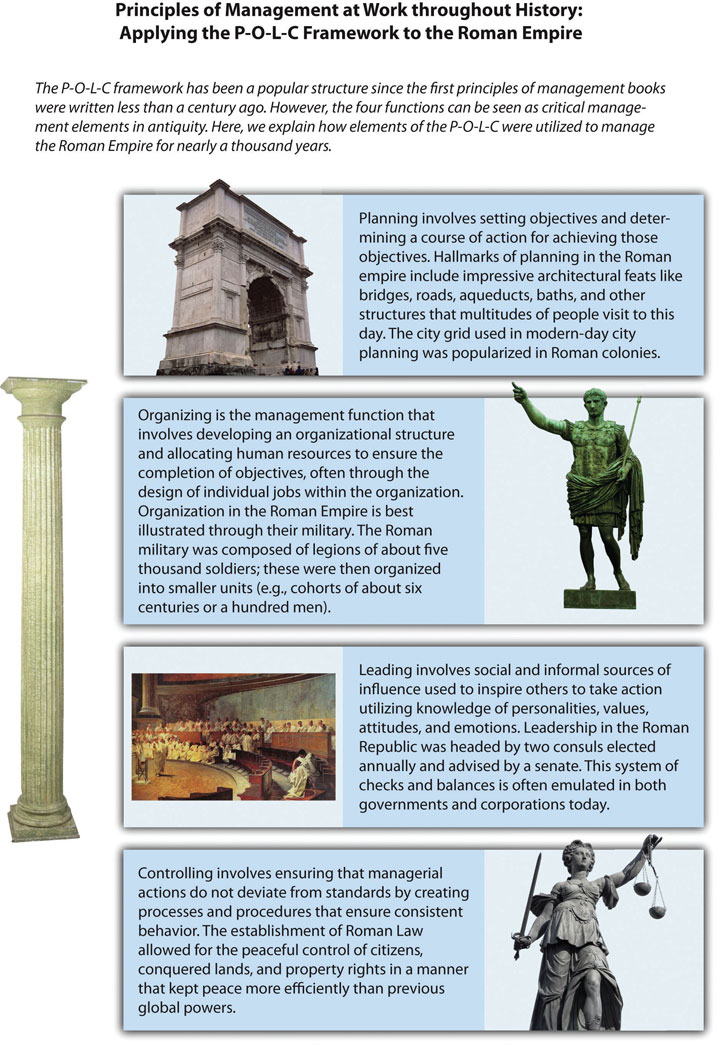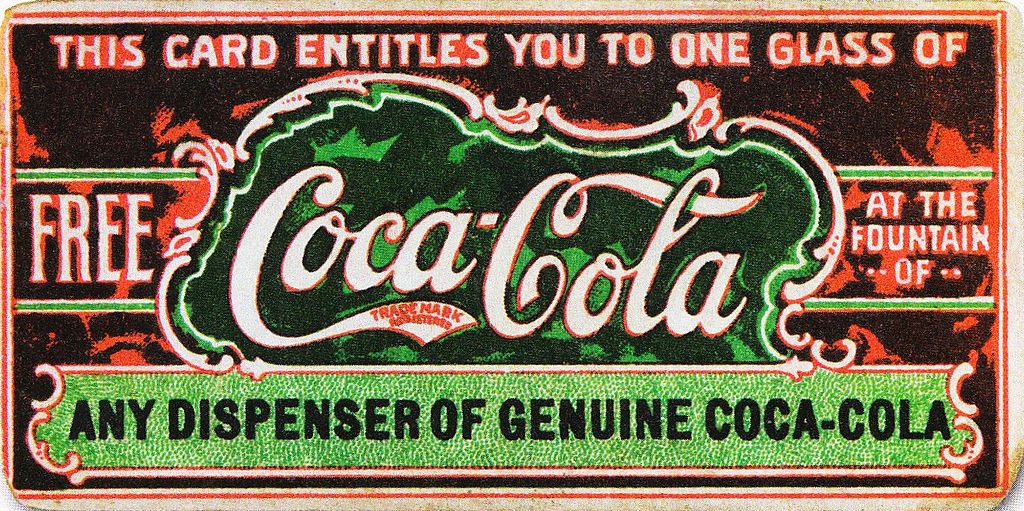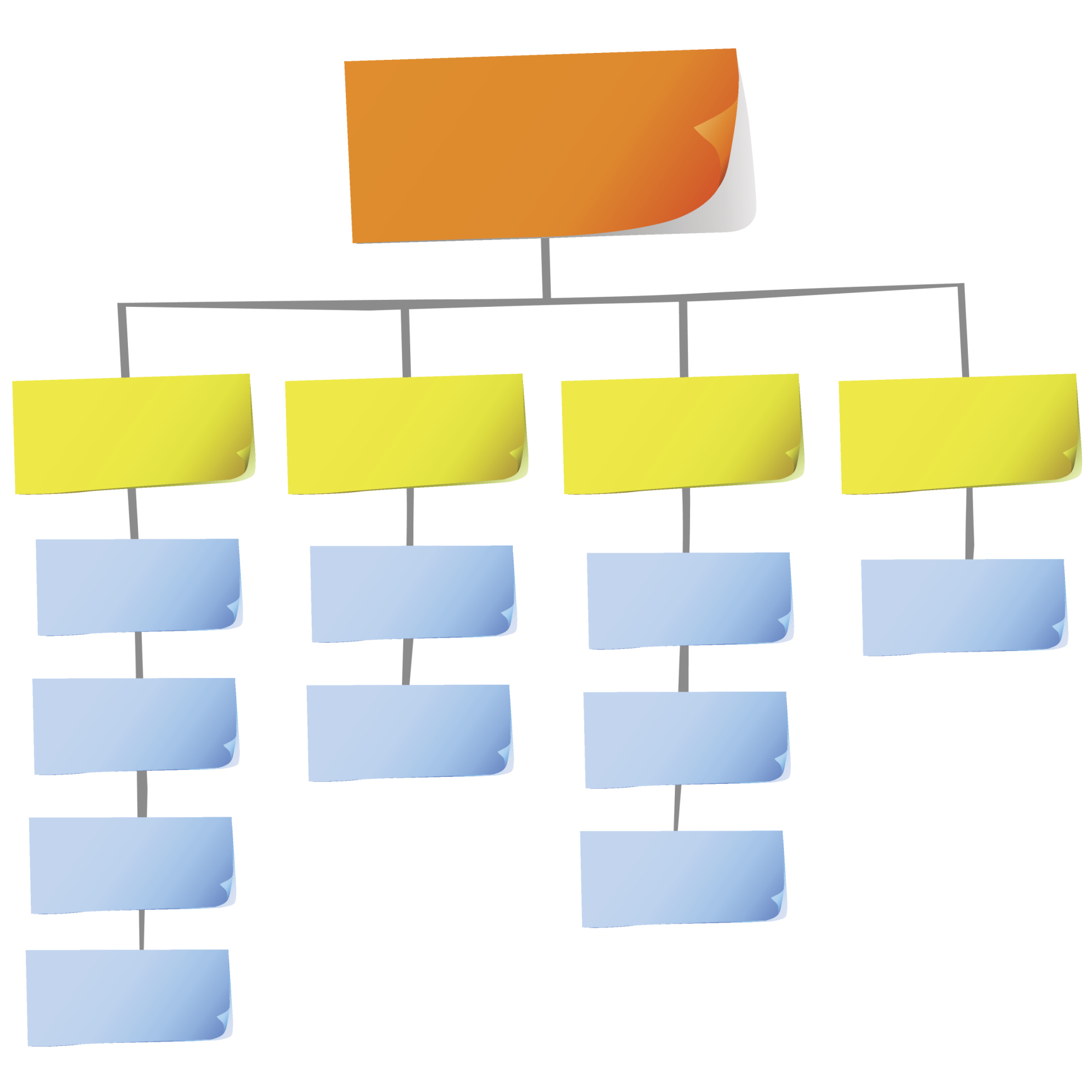1.3 Planning, Organizing, Leading, and Controlling
Learning Objectives
Know the dimensions of the planning-organizing-leading-controlling (P-O-L-C) framework.
Understand the importance of each P-O-L-C dimension.
A manager’s primary challenge is to solve problems. Four major functions at the heart of management are planning, organizing, leading, and controlling (the P-O-L-C framework). The four functions are highly integrated when carried out in the day-to-day realities of running an organization. Although these functions may not all be part of the day-to-day actions of actual managers on any given day, the P-O-L-C categorization of management functions continues to serve as an effective framework for classifying the activities managers engage in as they attempt to achieve organizational goals.
Music Rap-Up: Planning, Organizing, Leading, Controlling
Twinprov perform their original rap song written to accompany this book on the topic of management functions of P-O-L-C.
Figure 1.8

Source: http://en.wikipedia.org/wiki/File:Maccari-Cicero.jpg (Roman senate picture); all other images © Thinkstock.
Planning
Planning is the function of management that involves setting objectives and determining a course of action for achieving those objectives. Planning requires that managers be aware of environmental conditions facing their organization and forecast future conditions. It also requires that managers be good decision makers.
Planning is a process consisting of several steps. The process begins with environmental scanningThe act of analyzing the critical external contingencies facing an organization in terms of economic conditions, competitors, and customers., where planners must be aware of the critical contingencies and trends facing their organizations in terms of economic conditions, their competitors, and their customers. Planners must then attempt to forecast future conditions. These forecasts form the basis for planning.
Planners must establish objectives, which are statements of tangible actions that need to be achieved, and a timeline for their completion. Planners must then identify alternative courses of action for achieving objectives. After evaluating the various alternatives, planners must make decisions about the best courses of action for achieving objectives. They then formulate necessary steps and ensure effective implementation of plans. Finally, planners must constantly evaluate the success of their plans and take corrective action when necessary.
There are many different types of plans and planning.
Strategic planningThe process of analyzing competitive opportunities and threats, as well as the strengths and weaknesses of the organization, and then determining how to position the organization to compete effectively in its environment. involves analyzing competitive opportunities and threats, as well as the strengths and weaknesses of the organization, and then determining how to position the organization to compete effectively in their environment. Strategic planning has a long time frame, often three years or more. Strategic planning generally includes the entire organization and includes formulation of objectives. Strategic planning is often based on the organization’s mission, which is its fundamental reason for existence. An organization’s top management most often conducts strategic planning.
Tactical planningIntermediate-range planning that is designed to develop relatively concrete and specific means to implement the strategic plan. is intermediate-range (one to three years) planning that is designed to develop relatively concrete and specific means to implement the strategic plan. Middle-level managers often engage in tactical planning.
Operational planning Assumes the existence of goals and objectives and specifies ways to achieve them. generally assumes the existence of organization-wide or subunit goals and objectives and specifies ways to achieve them. Operational planning is short-range (less than a year) planning that is designed to develop specific action steps that support the strategic and tactical plans.
Organizing
Organizing is the function of management that involves developing an organizational structure and allocating human resources to ensure the accomplishment of objectives. The structure of the organization is the framework within which effort is coordinated. The structure is usually represented by an organization chart, which provides a graphic representation of the chain of command within an organization. Decisions made about the structure of an organization are generally referred to as organizational design decisions.
Organizing also involves the design of individual jobs within the organization. Decisions must be made about the duties and responsibilities of individual jobs, as well as the manner in which the duties should be carried out. Decisions made about the nature of jobs within the organization are generally called “job design” decisions.
Organizing at the organizational level involves deciding how best to departmentalize, or cluster, jobs into departments to effectively coordinate efforts. There are many different ways to departmentalize, including organizing by function, product, geography, or customer. Many larger organizations use multiple methods of departmentalization.
Organizing at the level of a particular job involves how best to design individual jobs to most effectively use human resources. Traditionally, job designThe process of putting together various elements to form a job, bearing in mind organizational and individual worker requirements. was based on principles of division of labor and specialization, which assumed that the more narrow the job content, the more proficient the individual performing the job could become. However, experience has shown that it is possible for jobs to become too narrow and specialized. For example, consider how much you would like to screw lids on jars one day after another, as you might have done many decades ago if you worked in a company that made and sold jellies and jams. When job fatigue results from such processes, negative outcomes are often the result, including decreased job satisfaction and organizational commitment, increased absenteeism, turnover, and accidents.
Leading
Leading involves the social and informal sources of influence that individuals use to inspire action taken by others. If managers are effective leaders, their subordinates will be enthusiastic about exerting effort to attain organizational objectives.
Behavioral sciences, such as psychology and sociology, have made many contributions to understanding this function of management. Personality research and studies of job attitudes provide important information as to how managers can most effectively lead subordinates. For example, this research tells us that to become effective at leading, managers must first understand their subordinates’ personalities, values, attitudes, and emotions.
Studies of motivation and motivation theory provide important information about the ways in which workers can be energized to put forth productive effort. Studies of communication provide direction as to how managers can effectively and persuasively communicate. Studies of leadership and leadership style provide information regarding questions, such as, “What makes a manager a good leader?” and “In what situations are certain leadership styles most appropriate and effective?”
Controlling
Controlling involves ensuring that performance does not deviate from standards. Controlling consists of three steps, which include (1) establishing performance standards, (2) comparing actual performance against standards, and (3) taking corrective action when necessary. Performance standards are often stated in monetary terms such as revenue, costs, or profits but may also be stated in other terms, such as units produced, number of defective products, or levels of quality or customer service.
The measurement of performance can be achieved in several ways, depending on the performance standards, including financial statements, sales reports, production results, customer satisfaction, and formal performance appraisals. Managers at all levels engage in the managerial function of controlling to some degree.
The managerial function of controlling should not be confused with control in the behavioral or manipulative sense. This function does not imply that managers should attempt to control or to manipulate the personalities, values, attitudes, or emotions of their subordinates. Instead, this function of management concerns the manager’s role in taking necessary actions to ensure that the work-related activities of subordinates are consistent with and contributing toward the accomplishment of organizational and departmental objectives.
Effective controlling requires the existence of plans, since planning provides the necessary performance standards or objectives. Controlling also requires a clear understanding of where responsibility for deviations from standards lies. Two traditional control techniques are budget and performance audits. An audit involves an examination and verification of records and supporting documents. A budget audit provides information about where the organization is with respect to what was planned or budgeted for, whereas a performance audit might try to determine whether the figures reported are a reflection of actual performance. Although controlling is often thought of in terms of financial criteria, managers must also control production and operations processes, procedures for delivery of services, compliance with company policies, and many other activities within the organization.
The management functions of planning, organizing, leading, and controlling are widely considered to be the best means of describing the manager’s job, as well as the best way to classify accumulated knowledge about the study of management. Although there have been tremendous changes in the environment faced by managers and the tools used by managers to perform their roles, managers still perform these essential functions.
Key Takeaway
The principles of management include four critical functions: planning, organizing, leading, and controlling. This P-O-L-C framework provides useful guidance for common managerial roles.



